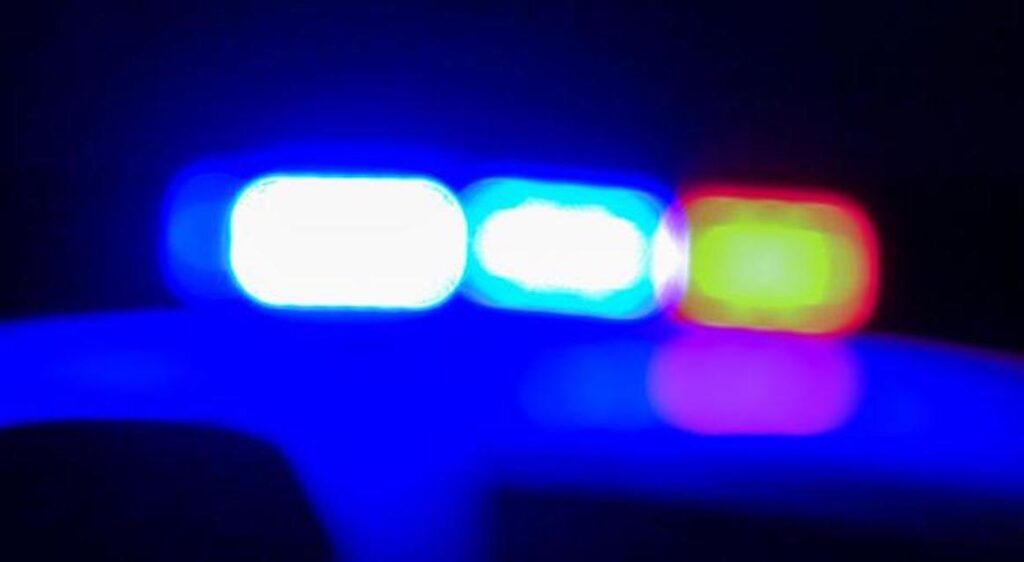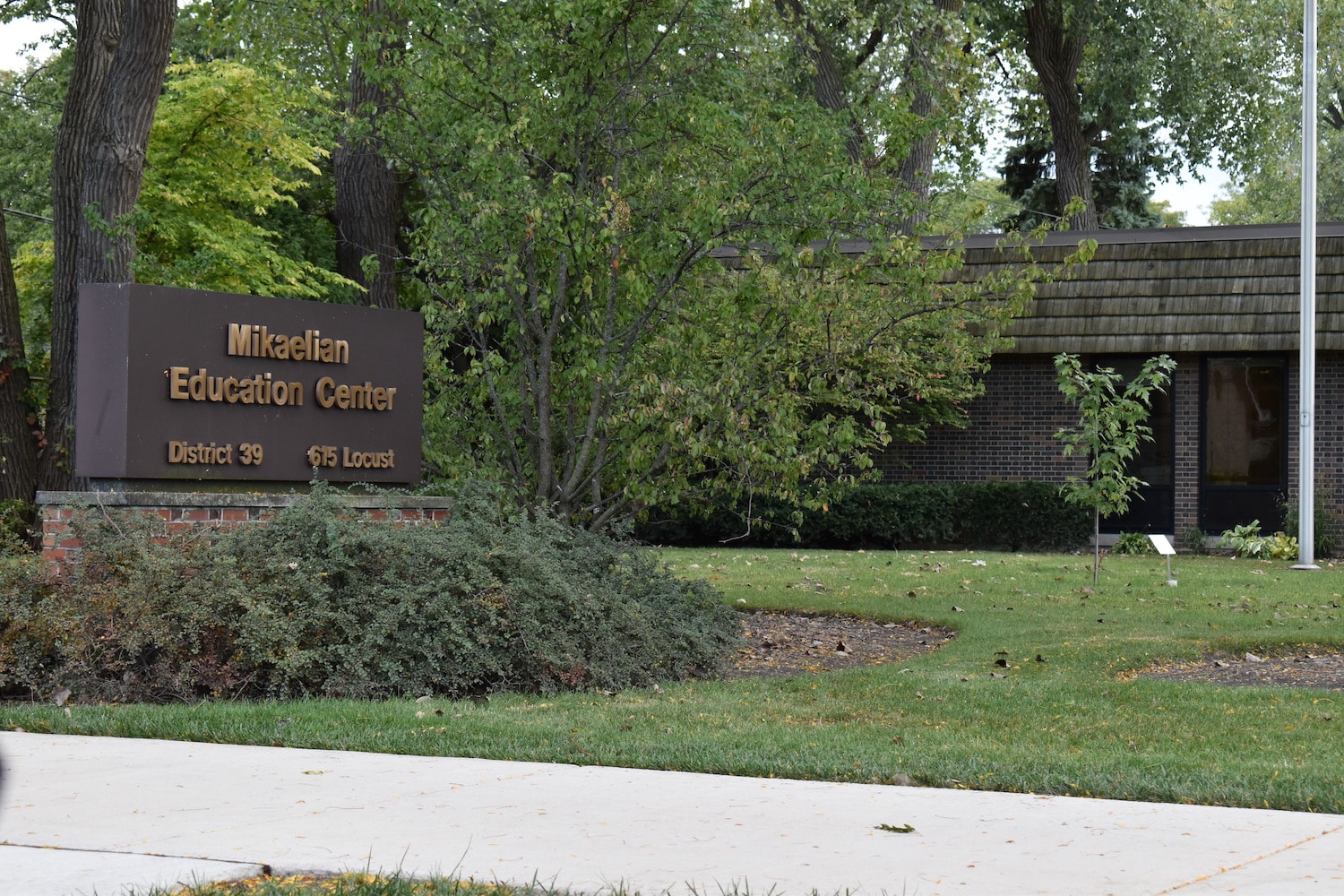
COVID-19 screening program — similar to one used at New Trier High School — coming to Wilmette Public Schools
Officials estimate weekly testing would cost district close to $24,000 per week
Wilmette Public Schools will soon have an added measure to mitigate the impact of COVID-19 on its learning operations.
The district’s board of education during a committee of the whole meeting on Monday, Dec. 7, authorized Superintendent Dr. Kari Cremascoli to execute an agreement with Safeguard Surveillance LLC to provide saliva surveillance screening, or RT-LAMP (Reverse Transcription Loop-mediated Isothermal Amplification).
District 39 plans to commence the screening program on a trial basis in December with a small group of students and staff members, Cremascoli said at the meeting. She added that the administration hopes to have the screening program launched and running districtwide by the week of Jan. 4.
Safeguard Surveillance LLC is the same contractor that serves a saliva-based screening program to New Trier High School.
The test is not diagnostic, and it serves as a “rapid test that can provide surveillance and add an additional mitigation strategy to identify and isolate asymptotic or presymptomatic individuals,” Cremascoli told the board.
“The district continues to experience success relative to its internal metrics and mitigated risk of virus transmission within our schools,” Cremascoli said. “While that is the case, there remains a concern that high levels of external community spread may increase the risk of positive cases within our schools.”
Cremascoli continued by saying for that reason, the screening program is recommended during times of significant community spread to accomplish four goals, which according to district documents are:
• “Identify and isolate potential asymptomatic or pre-symptomatic cases of COVID-19;
• Provide students and staff with an additional screening tool to further mitigate and reduce the risk of exposure, transmission and quarantine, especially during times of significant community spread;
• Assist in screening for and reducing the overall rates of COVID-19 within our community by isolating cases, especially those who may be asymptomatic or pre-symptomatic; and
• Reduce the need for school closures, classroom and/or individual quarantines.”
After the pilot period later this month, the district hopes to test once a week every student and staff member who opts in to the program, Cremascoli said.
She added that the district will evaluate the frequency of the screener program after the initial launch in January.
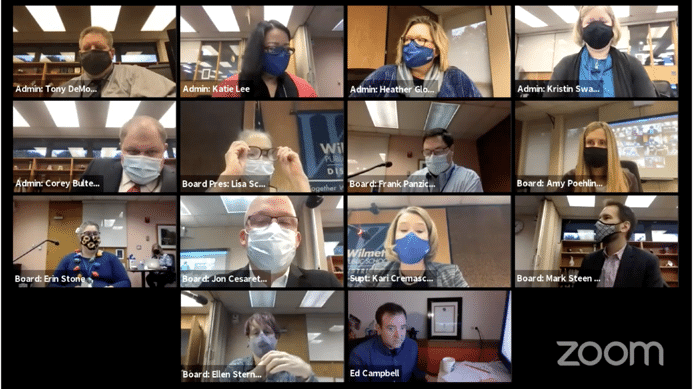
Some of the proposed frequencies for the program that the administration has discussed are testing adults once a week, testing students every other week, and looking at an episodic testing of students after high-risk periods, Cremascoli said.
The administration does hope to present a recommendation for a testing schedule at the board of education’s Jan. 25 meeting that would bring the district through the next couple of months.
Following the advice of medical experts, District 39’s first priority is for the adults within its schools, officials said while detailing the rollout of the screener.
“They are the most vulnerable and the most likely to be identified as positive one way or another,” Cremascoli said.
From there, the program will go to the district’s fifth-eighth grade campuses and then its other schools.
The surveillance program will cost District 39 $11 per test if district officials can effectively estimate the number of kits it will submit to safeguard. Cost per test could reach $13 if submitted estimates are inaccurate, according to officials.
The district plans to cover the costs of testing to boost participation rates, Cremascoli said; however, she added that the district has heard from many families that would like to contribute to the cost of the testing, so the registration process will include an option to make a contribution to cover a student’s participation cost in the program.
Officials are estimating about 75 percent of the district’s in-person population will participate. Assuming that number, the district will have approximately 2,250 individuals testing each week, Cremascoli said.
That level of participation would cost the district approximately $24,000 to test each week, if weekly testing were the preferred frequency level.
Dr. Ed Campbell, the test’s adaptor, also joined the board’s meeting to further present information about the program and take questions from the board.
District’s ‘bulk testing’ event identifies 7 cases of COVID-19
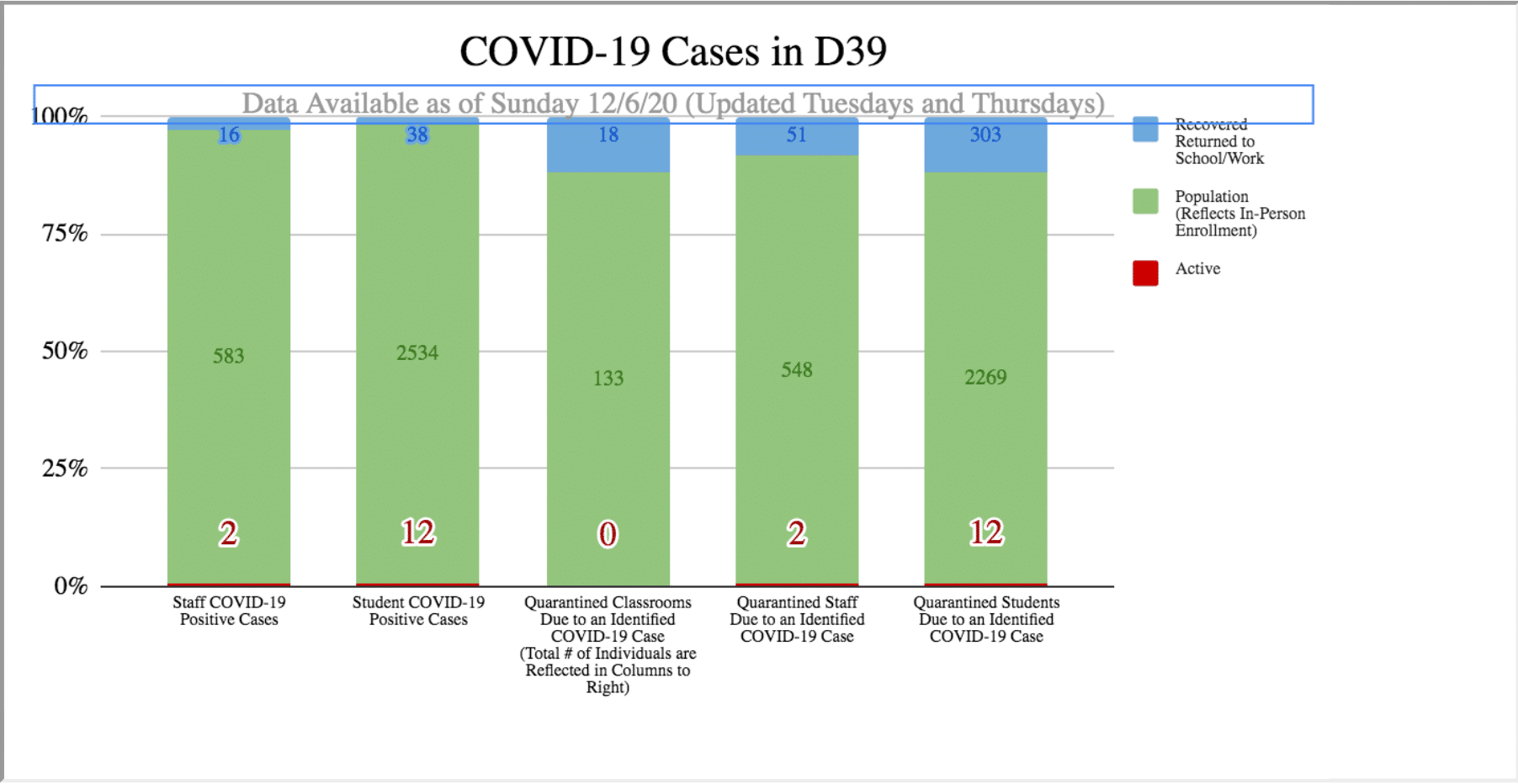
District 39 identified seven cases of COVID-19 on Thursday, Dec. 3, when it offered medical-grade testing to its community.
The seven positives came from approximately 230 individuals who signed up for the event, Cremascoli said. An eighth positive case of the virus was identified over the weekend separate from the testing event, officials said.
The district identified one COVID-19 positive at each of its six schools, and two positives at two of the schools.
Cremascoli did not specify the schools where officials identified multiple positives.
Students who were neither symptomatic nor have been exposed could be tested for $85 per test.
Last month, the board approved expanded access to District 39’s PCR testing program to students, as previously reported by The Record. Under that approved contract, household members of district staff also have access to the testing.
D39 launched a testing-access partnership for employees in October. The partnership with Ambry Genetics provides all staff members with access to PCR testing.
The test costs families $20 for students who are experiencing symptoms or have been exposed to the virus.
Cremascoli said at the Dec. 7 meeting that the district hopes to offer access to both PCR testing through Ambry and the screening program in January.
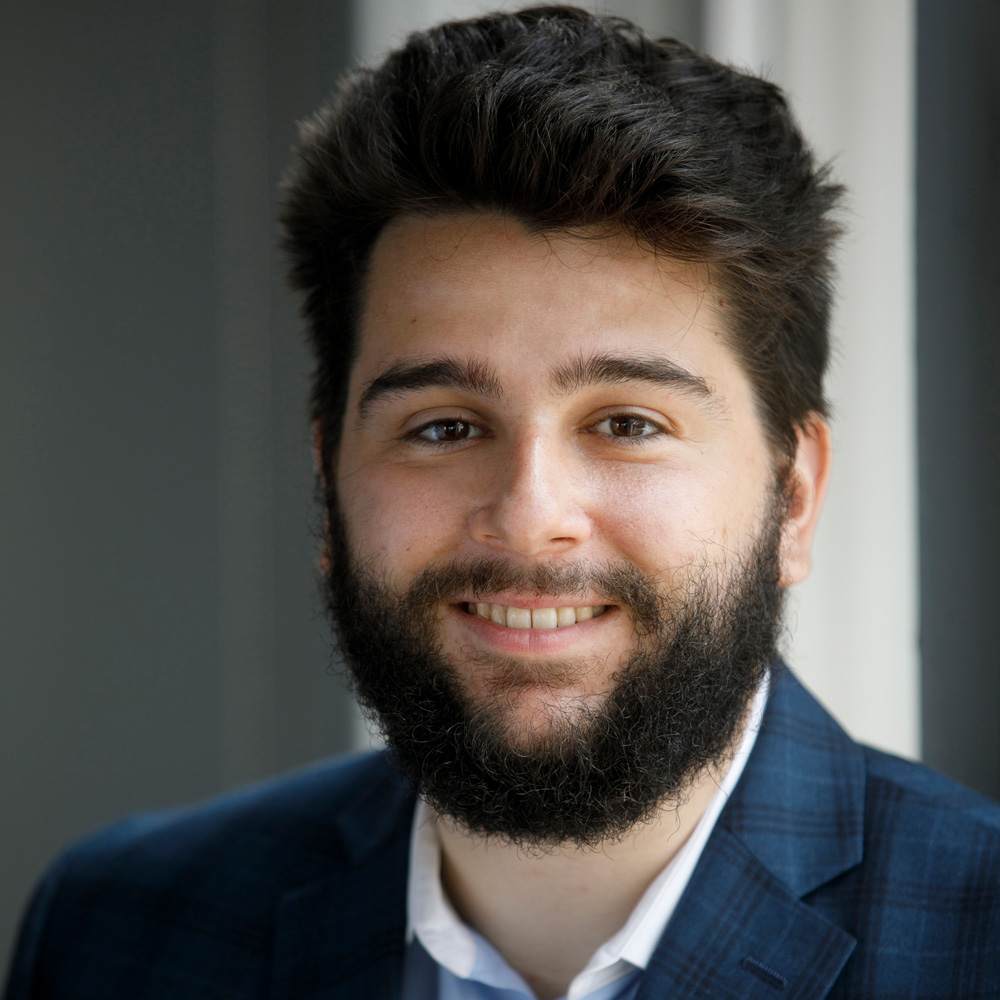
Martin Carlino
Martin Carlino is a co-founder and the senior editor who assigns and edits The Record stories, while also bylining articles every week. Martin is an experienced and award-winning education reporter who was the editor of The Northbrook Tower.

